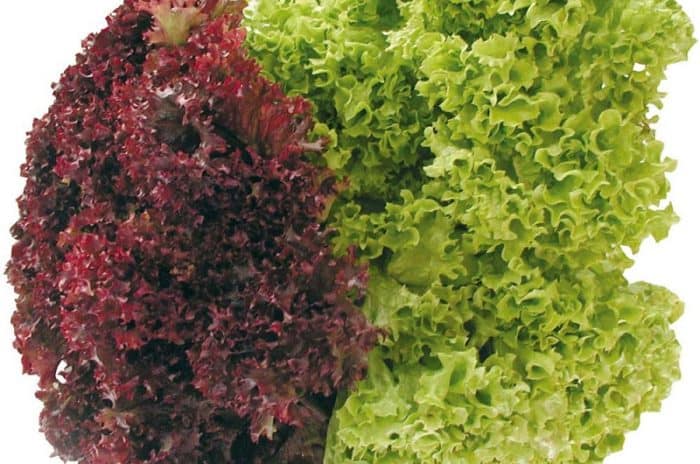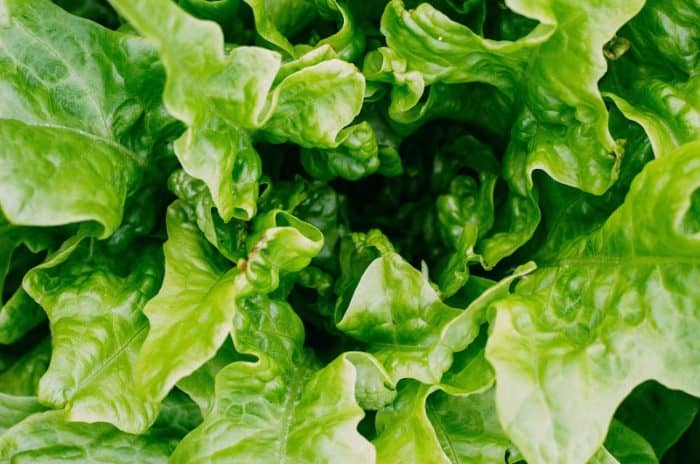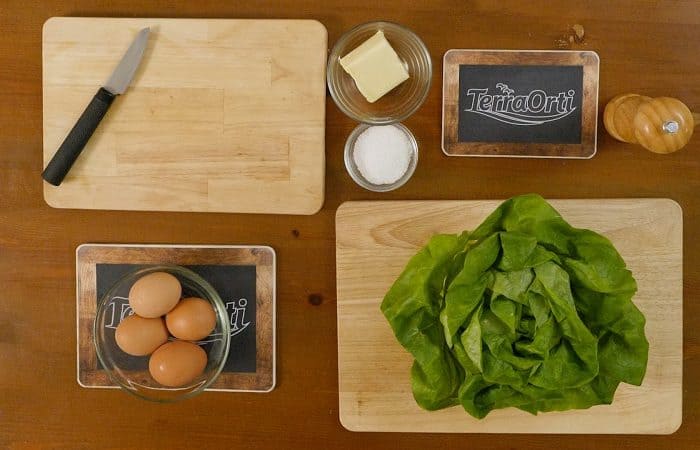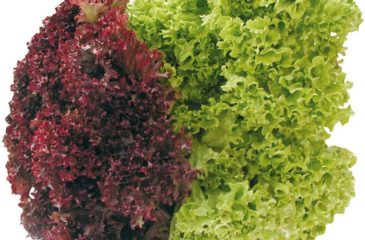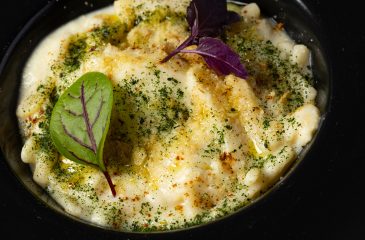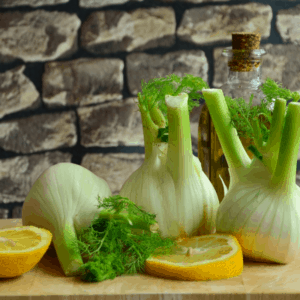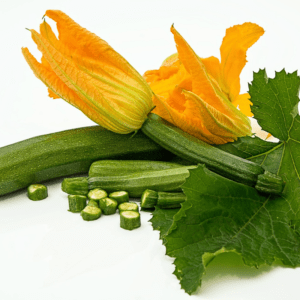Lettuce is a very common plant, grown primarily for salads. While its origins are uncertain – some believe it came from the Middle East – but it was also eaten in Europe at the time of the Greeks and Romans, from whom Romaine lettuce takes its name. Produced and harvested all year round, the best lettuces are available in the summer and spring months.
There are numerous varieties of lettuce on the market, differing in colour, shape, and flavour. Three types – leaf, head and cos or romaine – are the most common.
There are seven main cultivar groups of lettuce, each including many varieties. Among the most cultivated varieties, are the round or butterhead lettuce, with its tender leaves, crunchy iceberg, batavia, with red leaves at the edges, and the long-leafed Romaine, both crunchy and juicy which holds up really well in a salad such as its place in the famous Caesar salad.
Apart from raw, and depending on the variety, lettuce can be cooked by roasting, steaming, or grilling. It is delicate and delicious, shredded and added to a light consommé, or braised with peas. Cooking time must be short and with little added water to prevent loss of micronutrients (though if you are eating it in soup, you are eating the vitamins lost to the liquid). Eating lettuce raw gives you its full nutritional benefit, and is recommended as a natural digestive or purifying vegetable.
Benefits of eating lettuce:
- helps the digestive system due to its high fibre content and the type of fibre called inulin, made up of fructose chains. This also has a kind of prebiotic action. In fact, it reduces the production of intestinal gas thanks to its ability to decrease the load of harmful bacteria and to increase the percentage of Bifidobacteria which are the good bacteria;
- good content of mineral salts (iron, calcium, phosphorus, copper, sodium and potassium) and vitamins A and vitamin C;
- lettuce is an excellent ally for the whole circulatory system. It contains glucoquine which is a particular molecule that makes this vegetable a suitable food in particular for diabetic subjects. lettuce, in fact, thanks to this molecule has a hypoglycaemic effect and lowers the level of glucose in the blood;
- lettuce provides just 15 kcal per 100 grams, and is almost completely absent fats and complex carbohydrates represented by non-digestible fibre. It’s an excellent choice to help slimming.
Lollo Verde and Lollo Rossa leaf lettuces
The lollo variety of leaf lettuce was first introduced in the 1960s, the name is inspired by the Italian actress Gina Lollobrigida, considered at the time as the most beautiful woman in the world. The green Lolo Verde has a vibrant colour with frilly and curled leaves; connected at a central base, the leaves do not form a head and are made up of individual branches. Lollo Verde lettuce is tender, crisp, and chewy. Lollo rosso has fan-shaped blood violet leaves with a non-hearting pale green base. The leaves have a crisp, semi-succulent, hardy texture and ruffled tips. Lollo lettuce is delicate and refreshing, ideal for starters or as a salad side dish.
Benefits of eating lollo leaf lettuce:
- very low in fat and rich in vitamins, minerals and trace minerals, so perfect for a healthy diet or to help lose weight;
- laxative properties;
- rich in vitamins A and C to strengthen the immune system;
- the red variety is rich in iron and beta-carotene so helps keep skin and bones healthy.
Batavia Rossa and Batavia Verde lettuces
Batavia lettuce has more crinkled leaves and a wavy leaf margin. There are bright green and red-brown varieties. Batavia lettuce was first cultivated in France and is the precursor of the well-known Iceberg lettuce. Batavia lettuce leaves are typically sweet and crisp. Typically, it used for salads and can also be braised. Given its attractive form and colour, it is often used as a garnish for buffets and cold dishes.
Butterhead (round) lettuce
This is a round-headed, smooth, wide and bright green leafed variety known as cappuccina verde in Italy. It is widely eater raw as a refreshing green salad in the summer, or in mixed salads. It can be cooked, but just blanched in a little water so that its nutritional properties are not lost. The cooking liquor can be drunk as a sleep aid in the evening, to calm the nerves and relieve tension, or used as stock for a soup.
Its properties are beneficial for the digestive system, physical fitness, the circulatory system, help with some metabolic diseases and provide the good supply of vitamins and minerals.

